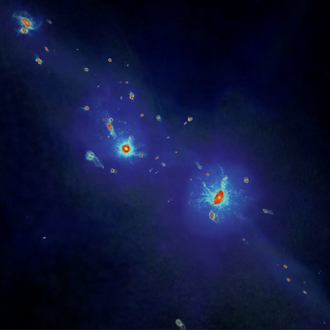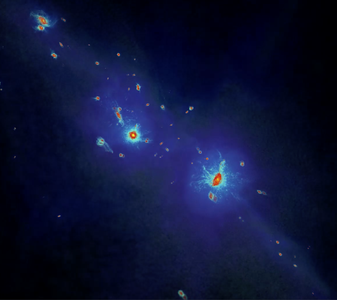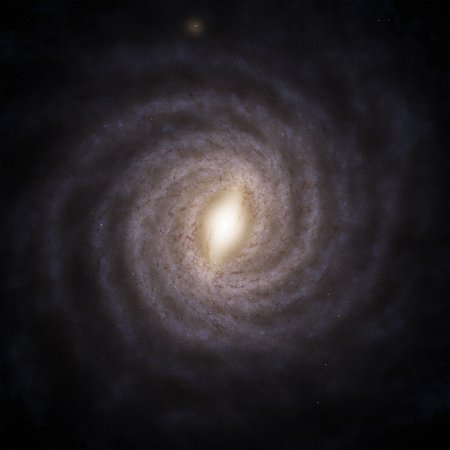Using Very Pristine Stars to Study Dwarf Galaxies & the Galactic Halo
Kris Youakim from the Leibniz Institute for Astrophysics Potsdam (AIP) is talking this week at the 232nd AAS meeting about his latest results on the analysis of the stellar debris in the galactic halo. Our Milky Way is a relatively large galaxy, and the current accepted theories suggest that it was built up over time by the accretion of smaller, low-mass galaxies.
Although many of these accreted smaller galaxies are heavily disrupted over time and blend into the background, with a careful analysis it is possible to see their remaining signatures. “The Milky Way halo may look smooth at first glance, but it’s far from it. When we study it closely, we see substructure everywhere.” says Youakim. “And it’s these substructures which hold the clues to understanding the tumultuous history of the formation of the galactic halo.”
The key to this analysis is the identification of very pristine stars, stars which lack heavy elements because they formed close in time to the big bang before their atmospheres were significantly “polluted” by material from previous generations of dying stars. The smallest dwarf galaxies have many of these stars, so by looking at these stars specifically and how they are clustered in the halo, the many accreted smaller galaxies and their remnants stand out from the background. Furthermore, by finding the most pristine stars we can begin to probe the early times of our galaxy, since some of them are thought to be the direct descendants of the very first generation of stars that ever formed.
Youakim and a team of international collaborators are working on “the Pristine survey,” using a specifically designed filter on the Canada-France-Hawaii Telescope to quickly search through large patches of sky to find these very pristine stars. Youakim has recently led a study demonstrating that this technique is exceptionally efficient. The team is now studying many of the discovered very pristine candidates in more detail as they can give us valuable clues as to what our galaxy used to be like in the past. Or as Youakim puts it, “These stars truly allow us to look back in time.”
Images
Simulation of Satellite Galaxies. The colours indicate gas densities.




